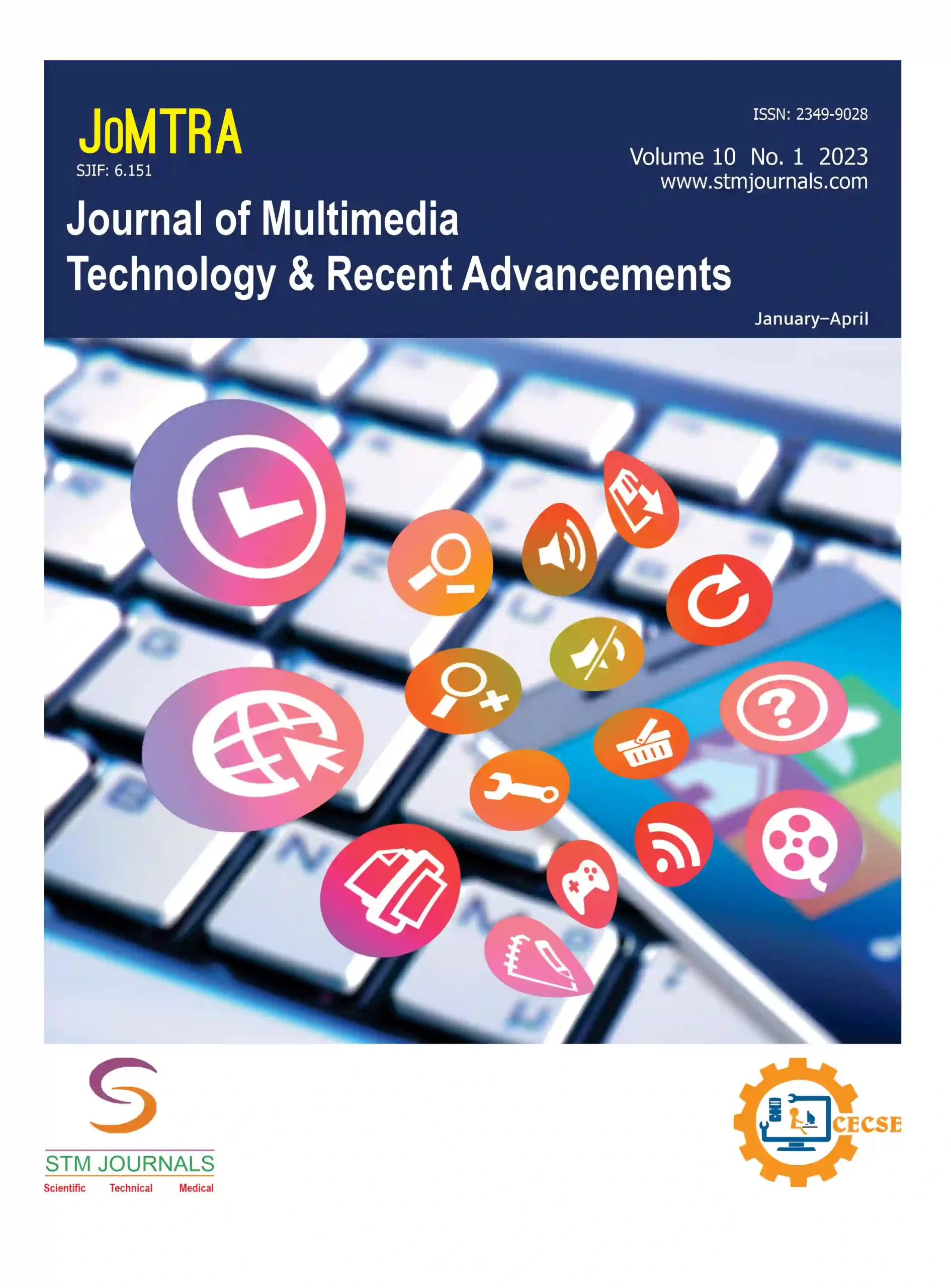Open Access

Sheetal S. Patil,
- Associate Professor Department of Computer Engineering, Bharati Vidyapeeth (Deemed to be University) College of Engineering India
Abstract
Tennis and cricket are gaining popularity. Hawk eye is a modern tool that can be applied to any sport. Now a days there is lots of advancement in the sports technology. Hawk Eye first gained notoriety in television broadcasts of cricket. Broadcasters used Hawk-Cricket Eye’s System at the 2006 ICC Champions Trophy in India, the World Cup, and important Test and ODI series all over the world since 2001. A virtual reality device called Hawk-Eye is a line calling system that tracks a ball’s trajectory. It has become common due to the plethora of help this technology offers to enhance game quality. Six calibrated high-speed professional vision processing cameras that are distributed throughout the ground are used by Hawk-Eye. Additionally, the system calibrates the two “Mat” broadcast cameras it utilises to ensure that the visual is always superimposed in the proper location. The way in which it operates then allows the game’s officials to understand where the ball has pitched and what its onward trajectory would have been. The Hawk-Eye framework is divided into two sizable
components: the Tracking System, which includes a camera and a speed weapon, and the Video Replay System, which records data to aid arbitrators in making decisions and to aid coaches and players in analysing their performance. However, there is very less research available in this area. Examples of Hawk-Eye statistics include: LBWs, Wagon Wheels, De Spin, Pitch Maps, Beehives, RailCam, Reaction Time, Ball Speeds. The purpose of this paper is to discuss the principle behind Hawk Eye, many of its applications, future developments, system precision, and system dependability in the sport of cricket. Keywords: Hawk Eye, D
Keywords: Hawk Eye, DRS, LBW, Despin, cricket, tennis, camera technology
References
1. Mukesh Kumar Verma. Hawk Eye Technology. International Journal of Engineering Research in Computer Science and Engineering (IJERCSE). 2017; 4 (6): 88–94. 2. BBC Sport. Alec Stewart (Aug 14, 2013). Ashes 2013: Bring back ‘home’ umpires. BBC, London [Online]. Available from https://www.bbc.com/sport/cricket/23683136
3. L M Jayalath. Hawk Eye Technology Used in Cricket. South Asian Research Journal of Engineering and Technology. 2021; 3 (2): 55–67.
4. Harry Collins, Robert Evans. Sport-decision aids and the “CSI-effect”: Why cricket uses Hawk-Eye well and tennis uses it badly. Public Understanding of Science. 2012; 21 (8): 904–921.
5. Techentice. Abhirup Ghosh (June 15, 2019). Application Of Hawk-Eye Technology In Sports [Online]. Available from https://www.techentice.com/application-of-hawk-eye-technology-in-sports/ 6. Abhinav Sacheti, Ian Gregory-Smith, et al. Home bias in officiating: evidence from international cricket. 2015; 178 (3): 741–755.
7. Iskakov Ualikhan, Breido Josif. Development of Control Algorithm for Adaptive Leakage Current Protection Devices’ using Fuzzy Logic. 25th DAAAM International Symposium on Intelligent Manufacturing and Automation, DAAAM 2014. Procedia Engineering 100 (2015): 666–671. 8. Espncricinfo. Ian Chappell (Jan 27, 2013). Take the DRS out of the players’ hands [Online]. Available from https://www.espncricinfo.com/story/ian-chappell-take-the-drs-out-of-the-players-hands-602216 9. R.J. Valkenburg, A.M. McIvor. Accurate 3D measurement using a structured light system. Image and Vision Computing. 1998; 16 (2): 99–110. 10. Higo T, Matsushita Y, Joshi N, Ikeuchi K. A hand-held photometric stereo camera for 3-d modelling. In 2009 IEEE 12th International Conference on Computer Vision 2009 Sep 1 (pp. 1234–1241). IEEE.

Journal of Multimedia Technology & Recent Advancements
| Volume | |
| Received | July 18, 2022 |
| Accepted | August 6, 2022 |
| Published | January 30, 2023 |

